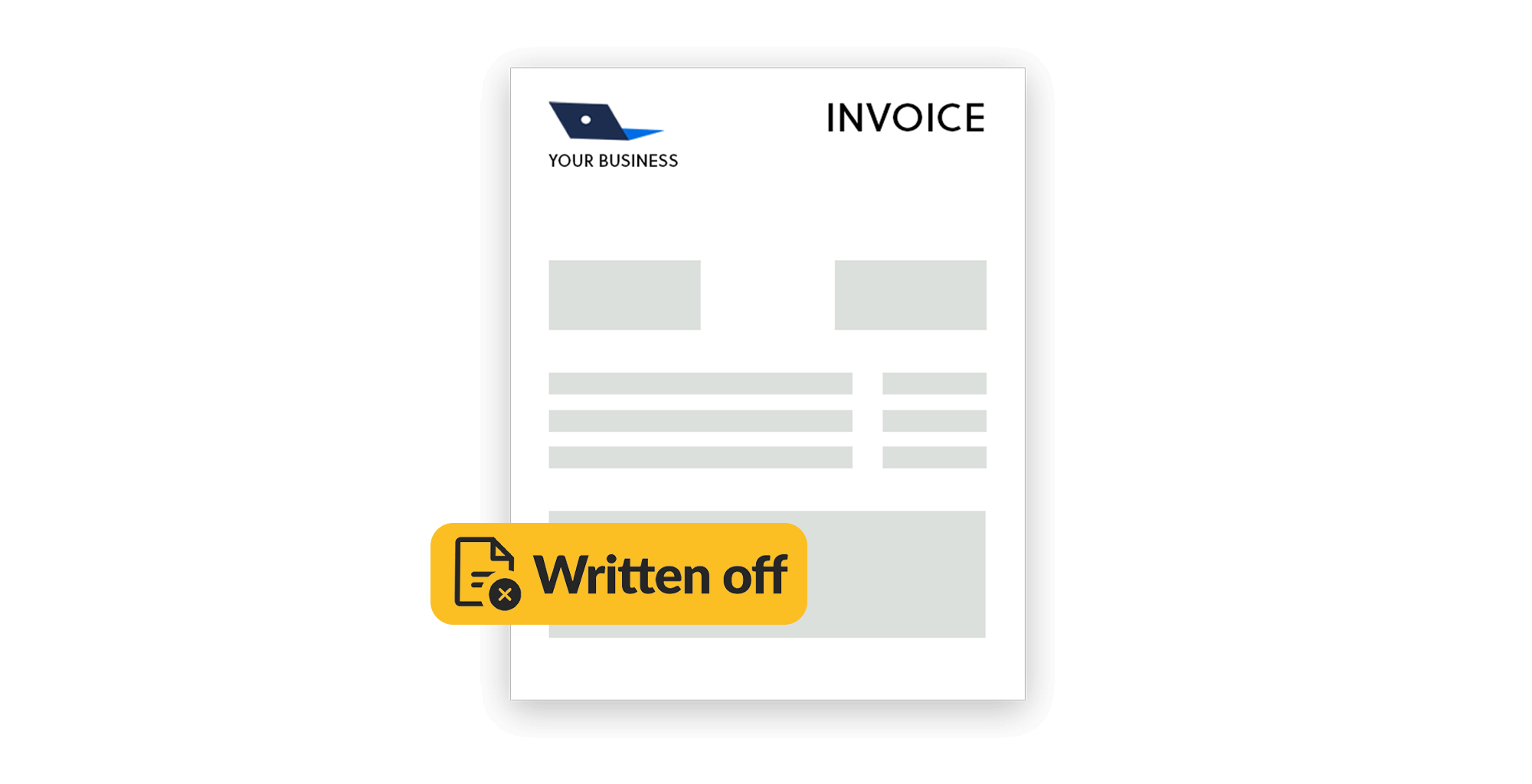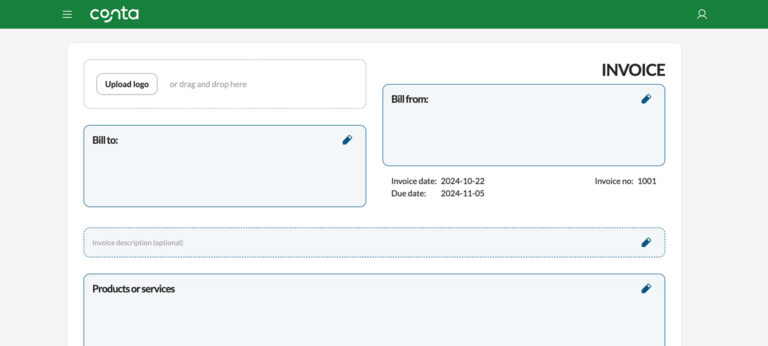When you know you won’t receive payment for your invoice, you can write it off. We’ll take a look at why you should write off uncollectible invoices, and how to do it.
When do you write off an invoice?
You write off an invoice when you’ve tried to collect payment and the invoice is considered ‘uncollectible’. This means some time must have passed, for example 6 months, and you must have tried several times to get payment from the client.
There are many reasons why you’d have to write off an invoice, here are some of the most common ones:
- You’ve unsuccessfully tried to collect payment. If you’ve tried to contact the client via phone, email, and letter, you can consider writing off the invoice. Make sure to document your attempts to collect the amount you’re owed.
- The client disputes the invoice. If the client disputes the invoice, you should first try to resolve the dispute. If that doesn’t work, consider how much it would cost to pursue legal action versus how much you’re owed. If it doesn’t seem worth it, you can write off the invoice.
- The client has gone bankrupt. If the client has declared bankruptcy, you can write off the invoice since bankruptcy proceedings usually don’t include paying off outstanding debts.
Pro-tip: If there’s a mistake on the invoice, you should credit it
If there’s an error on the invoice you’ve sent to a client, you shouldn’t write it off. Instead, you should credit it and send the client what’s called a credit note, to cancel out the amount they owe you. Then you can create a new invoice with the correct details.
Read more about what to do if you’ve made a mistake on the invoice.
Why should you write off an invoice?
Writing off an invoice is never fun, but neither is spending time and money trying to collect payment from a client who is unable or unwilling to pay.
Being able to focus on other clients, projects, and plans, is one of the main reasons why you should consider writing off an invoice. Secondly, by writing off an invoice, you’ll be able to see what your clients actually owe you—the amount you have outstanding from sales—which helps with budgeting and cash flow forecasts.
When you write off invoices and bookkeep it, you can also rightly reduce the tax you have to pay. The money you save can be used to grow your business.
How do I write off an invoice?
If you use invoice software, you can write off an invoice with the click of a button. Just specify the date the invoice was written off.
The invoice will then be marked as written off:

It will no longer say due or overdue, and it won’t appear in your list of invoices to follow up on. Neither you nor your client will receive automatic reminders about the invoice.
In other words, writing off the invoice is a way of cancelling an invoice without actually deleting it.
This is how to write off an invoice with the free invoicing software Conta.
Write off invoice example
Let’s for example say you have a client who orders consulting services for a total of $2 500. You invoice them with net 30 day payment terms, but two weeks later they declare bankruptcy.
It’s clear that the invoice will not be paid, so you can write off the $2 500 invoice as, what we call, bad debt.
How to avoid payment issues
There are some steps you can take to avoid this scenario:
- Agree the terms in writing beforehand. Make sure you and your client agree about prices, payment terms, and exactly what service or product you’re going to deliver. This will help avoid disputes.
- Send invoices promptly. You don’t want the client to forget about you, and you want to appear like you’re on the ball and that you will follow up on late payments.
- Check the details of the invoice before you send it. If there are errors, your client might refuse to pay.
- Follow up as soon as the payment is overdue. This will help you clear up misunderstandings, and it’ll bump your invoice to the top of the pile.
See also: Be the first to get paid




